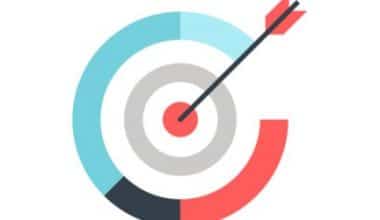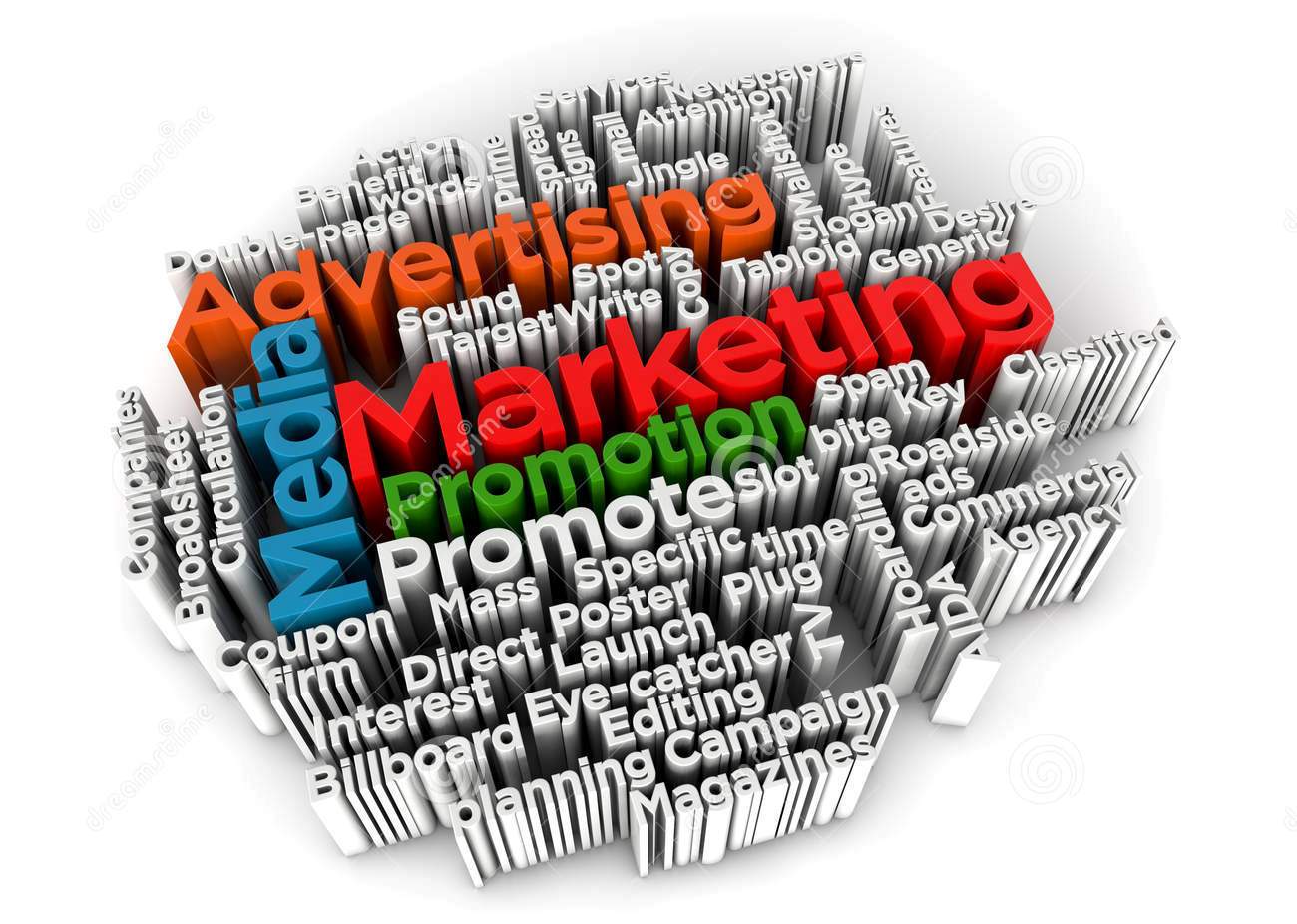The cost of getting a new customer is called the customer acquisition cost, or CAC. This means that customer acquisition costs (CAC) include everything that must be done to bring in a new client. It works by adding up the costs of sales and marketing over a certain amount of time and dividing that total by the number of new customers gained during that time. This article explains the CAC marketing formula, how to calculate it, and CAC vs CPA. Enjoy the ride!
What Is CAC Marketing?
With the rise of online businesses and trackable web-based advertising efforts, customer acquisition cost (CAC) has become a more important statistic.
A company must also find ways to track customers as they make decisions in the past, such as through shotgun advertising.
Many online businesses can now run highly focused marketing efforts and keep tabs on customers as they convert from warm leads to lifelong devotees. Companies and investors both utilize the CAC indicator in this setting.
What it costs to persuade a potential consumer to purchase a good or service is known as CAC, as you are surely aware.
How Do You Calculate CAC?
Wondering how do you calculate CAC. here are tips on how to calculate CAC:
#1. Decide on the Calculation Period
Determine the time period you’re reviewing for in order to begin determining your client acquisition cost (month, quarter, year). You can focus your data’s range by doing this.
#2. Determine Your CAC
Next, gather up all of your sales and marketing outlays, then divide that amount by the quantity of brand-new clients you brought on over the time period. The projected cost of getting a new customer for your business should equal the result value.
#3. Check Your Cac against Important Business Indicators
After calculating CAC for your organization, you can contrast this figure with other crucial performance indicators. You’ll get important information about your marketing, sales, and customer service campaigns by doing this.
CAC Marketing Formula
Here is the CAC marketing formula;
Customer acquisition cost = sales and marketing expenses/number of new customers
Take the example of a SaaS business that spent $125,000 on sales and marketing in a single month, including wages, commissions, ad spending, and trial support. In the same month, 50 new clients signed up.
CAC = $125,000/50
= $2,500
Cost Types to Add to a CAC Marketing Formula
Consider the following costs for this measure if you’re unsure of what your “cost of sales and marketing” is. Here are the cost types to add to a CAC marketing formula:
#1. Ad Spend
Your ad spend is the amount you fork over for adverts. Advertising is a terrific strategy for certain firms to draw in new clients. Your target audience must connect with your campaigns in order for them to be effective. If you’re unsure whether you’re getting a decent return on a marketing campaign, you can estimate its value by dividing the revenue generated by advertising by the sum of the campaign’s costs.
#2. Salary of Employees
A good investment is always a great employee. Consider your method carefully if you feel that this cost is too high. Various than implementing pay reductions or layoffs, there may be other ways to reduce the amount spent on salaries.
#3. Creative Costs
You invest your creative costs in content creation. This may be the money you spent on lunch for your team meeting or on hiring people to advertise your business. Each of these expenses affects the creation of content.
#4. Tech Expenses
Technical costs are associated with the software that your sales and marketing teams utilize. Technical costs can include, for instance, the cost of a reporting tool you bought to monitor the status of your open deals.
#5. Publication Fees
Publication costs are what you spend to make your marketing effort available to the general audience. This can be paying for TV airtime, sponsored social media posts, or ad space in a newspaper or magazine.
#6. Price of Production
In this context, “production expenses” refers to the money spent on the actual process of making something. Video production can require purchasing a camera, building a set, editing the video, etc. These expenses mount up, especially if you hire a freelancer to create your content.
#7. Keeping an Inventory
You will need to invest money in upkeep and product optimization even if your company provides software as a service. Utility costs as well as facility storage fees would be included in this expense for companies that sell tangible goods. However, if you sell software, this is the cash you’d spend on upgrades and patches to enhance the customer experience.
Cac vs CPA
The main distinction between CAC and CPA is that the former measures the cost to acquire a paying client, whereas the latter measures the cost to acquire a lead, such as registration, an activated user, or signing up for a free trial.
Customer acquisition cost, which gauges the expense of converting a customer, can apply to all forms of marketing channels. It is a measure that can be used for your entire business, giving you a broad perspective on your connection with the typical paying client rather than a campaign-specific one.
Nevertheless, not every customer acquisition is the same. The process of gaining a new customer doesn’t start and stop when they click the purchase button. Some firms have quick lead times, while others have longer lead times.
In order to assist clients through the customer lifecycle, various businesses target various audiences, run various campaigns, and employ various methods. Metrics like cost per acquisition are quite useful for gaining an understanding of these subtleties.
Cost per acquisition is more of a campaign-level metric, which explains why. The cost per acquisition (CPA) measures how much it costs to get a lead (a prospective customer who hasn’t yet made a purchase) to perform the action you wanted them to, such as downloading an e-book, requesting a demo, or providing contact information in any other way.
Calculating a single cost per acquisition (CPA) for your entire company is challenging since it measures conversion goals, which aren’t always purchases and can differ from campaign to campaign. The costs and considerations involved in converting Facebook advertisements, email marketing, and SMS campaigns are quite different.
Since each marketing channel has different contributing factors that affect its cost/profit ratio, CPA is typically utilized to calculate each channel’s distinct cost/profit ratio using a different algorithm.
How You Can Improve CAC Marketing
The truth is that we can always improve our advertising campaigns’ effectiveness, increase client loyalty, and gain more value from our customers. There are various strategies your company can implement to lower client acquisition costs in its sector:
#1. Heighten On-Site Conversion Rates
In order to decrease the rate of shopping cart abandonment and optimize the landing page, site speed, mobile optimization, and other elements to improve overall site performance, one may set up goals on Google Analytics and do A/B split testing with new checkout systems.
#2. Boost User Value
We refer to the capacity to produce something that users will find appealing when we use the highly conceptual term “user value.” It’s possible that buyers have shown a desire for further feature improvements or attributes. It can involve putting something into place to enhance the current product for better positioning or creating novel ways to profit from current clients.
#3. Customer Relationship Management Should Be Used (CRM)
Implementing some kind of CRM is a practice for almost all profitable businesses with loyal customers. This sales staff might be sophisticated, utilizing tools to track sales in the cloud, blogs, email lists that are automatically generated, loyalty programs, and/or other methods to track client loyalty.
Cost of Customer Acquisition and Its Importance
A crucial business statistic that many companies and investors consider is CAC. Because they don’t properly comprehend their customer acquisition cost, many businesses actually end up failing.
#1. Enhancing Return on Investment
Analyzing marketing return on investment requires a thorough understanding of the cost to acquire new clients. Consider a business that employs a variety of client acquisition channels, for instance:
A business can identify the most cost-effective client acquisition strategy by employing CAC. In order to increase client acquisition, a corporation may think about using social media marketing more.
#2. Increasing Revenue and Profit Margin
A company can completely examine the value per customer and raise its profit margins by having a clear understanding of its CAC. Consider the scenario where each consumer is worth $60 to a company.
Using Social Events as a channel would have a negative impact on profitability for a company that does not comprehend CAC. Since the CAC is lower than the value per client, the company’s profitability would increase with the use of social media and posters.
Customer Acquisition Cost (LTV) Challenges
How much of your monthly ad spending or sales budget should be ascribed to a particular win? Measuring and optimizing the CAC statistic can be difficult on a number of fronts. This is especially true if you’re trying to assign acquisition costs to specific accounts or customer groups.
From a CAC standpoint, summing together marketing and sales costs for a specific time period can be misleading, even at the aggregate level, because these resources are typically not fully dedicated to new customer acquisition.
How to Reduce Marketing Costs
Here are some suggestions to reduce your costs if converting clients is not a problem for your company but getting customers to your website is too expensive:
#1. Decide on Your Best Channels for Acquisition
Your customer acquisition cost can be significantly reduced by focusing on your top-performing channels and optimizing them for acquisition. Here is a quick method for choosing which channels to pay attention to:
- Keep track of how many visitors each channel is bringing in. To completely comprehend your efforts, you need to know how many clients are coming from each marketing channel.
- The amount spent on marketing for each channel should be divided by the increase in visitors. You may calculate which channel generates the cheapest traffic for you and which generates the most expensive traffic using this calculation.
- Keep your resources and efforts on what is effective. Ranking your most expensive and least expensive channels can help you optimize them and make the most of your spending.
#2. Choose Your Best Campaigns
You may identify your most successful campaigns and utilize them as models for a more optimized campaign plan, just like you can with your channels.
- By the total number of new visitors, divide each campaign’s cost. Your most effective acquisition campaigns will be shown. Which campaigns offer the most value? For the best results, replicate the top performers after you’ve found them.
- Subtract the cost of each campaign from the total number of clients that were kept. Your most effective retention programs will be revealed. Concentrate your efforts and resources on those that are the most economical.
#3. Choose a Target Audience
The best method to enhance your targeting strategies is to know your clients well. Your efforts can expand and become more efficient if you comprehend and connect their actions, demands, and segments.
- Adopt a look-alike audience strategy. Create a Facebook or Google audience for a remarketing campaign using the predicted purchases of your existing users.
- By customer lifetime value, divide up your clientele. Make sure that focused efforts for high-value consumers have the greatest funding behind them in your retention campaigns and that you aren’t paying excessively to retain low-value groups.
#4. Improve Your Advertising Budget
You should constantly make sure that your advertising budget is focused on gaining new clients. Here are some crucial actions you can take:
- Make sure the target audience for your spending is the right one. Use negative audience segmentation to ensure no advertising are spent on a group unlikely to convert.
- Spending money on futile endeavors is not a good idea. Reduce the number of times an advertisement is displayed to a visitor by using ad frequency capping.
- Use e-commerce best practices to support your advertising. Reduce reliance on bought traffic by attracting organic traffic through SEO, original product descriptions, and other e-commerce optimization techniques.
What Does CAC Mean in Marketing?
Your blog material should be generating high-quality organic leads around the clock, so that you can spend less time and money on paid advertising to generate both high- and low-quality leads if your inbound marketing program is functioning properly.
What is CAC vs CPA in Marketing?
The main distinction between CAC and CPA is that the former measures the cost to acquire a paying client, whereas the latter measures the cost to acquire a lead, such as registration, an activated user, or the signing up for a free trial.
What Is Beginner CPA Marketing?
No of the size of the firm, CPA marketing is a type of affiliate marketing. It enables companies to successfully grow their marketing efforts and reach a larger audience. Instead of receiving commissions, bloggers, influencers, and publishers are in charge of selling a product.
How Many Types of CPA Marketing Are There?
There are three different CPA marketing strategies: pay-per-sale, pay-per-action, and recurring payments. Affiliate marketers and publishers, CPA businesses or websites, and CPA networks are all stakeholders participating in CPA marketing.
Final Thoughts
It’s critical for investors and your business to measure and monitor client acquisition costs. Investors can use CAC to determine whether they believe your firm is currently profitable and will remain so in the future. It can also be used by businesses to plan marketing efforts, allocate resources and money, and provide direction for the hiring and compensation processes.
Related Articles
- CUSTOMER ACQUISITION: Meaning, Costs, Formula & Calculation
- Saas Sales: Ultimate Guide to The Saas Sales Process and Metrics
- HIRING A CPA: Benefits and Costs Of Hiring a CPA
- User Acquisition: Strategies & How It Works (Detailed Guide)






